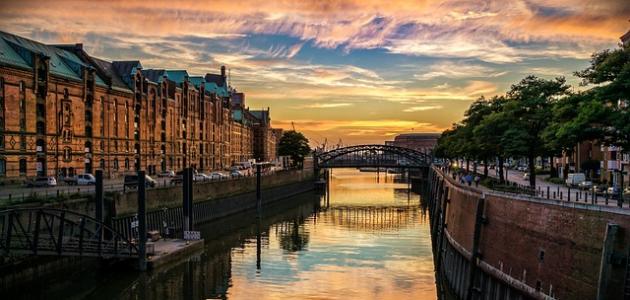Table of Contents
Luxor and Aswan
Luxor is located on the banks of the Nile River, which divides it into western mainland and eastern mainland, specifically in the south side of Egypt, on a latitude of 25.41 degrees north of the equator, and on a longitude of 32.39 degrees east of the Greenwich Line, and its land area is 416 km2, and it belongs administratively to Luxor Governorate, Its administrative capital is twin, and it has twinning cities such as Parentins, Baltimore and Kazanlak.
As for the city of Aswan, it is located at the first waterfall on the eastern bank of the Nile River, at a latitude of 24.05 degrees north of the equator, and at a longitude of 32.53 degrees east of the Greenwich Line, and rises above sea level 99 meters, and is administratively followed to Aswan Governorate, and its administrative capital is twin. With several cities such as Sonoma, and California.
Information on the effects of Luxor and Aswan
Luxor effects
- Karnak Temple: Away from Luxor, three kilometers away, and it includes a large group of temples built by the ancient Pharaohs, and it offers light and sound shows every evening.
- Luxor temple: It is considered one of the important landmarks of the city well, as it includes the edifice of King Ramses II, and an ornate obelisk inscribed with all the king’s victories, in addition to huge statues located at the front of the edifice, and among its most prominent features: the divine birth hall, and the shrine of Alexander the Great.
- Valley of the Kings: It is located on the western bank of the Nile, specifically opposite the city of Luxor, and has several royal tombs full of exquisite inscriptions and decorations. This valley was used to build the tombs of the Pharaohs for more than five hundred years.
- Luxor Museum: It is located in the center of Luxor, on the southern side of Egypt, specifically on the Nile River promenade. The museum consists of two floors:
- The first floor includes antiques and rare relics such as the head of the gods Hathor built in the form of a cow, and the granite head of King Amenhotep III.
- The second floor contains a collection of statues of King Akhenaten, carved stones, paintings, and ornaments.
- Deir el-Bahari: It is located on the west bank of the Nile River, and was built for Queen Hatshepsut, and it consists of three escalating steps.
- Ramsium Temple: It is a funerary temple built by King Ramses II of the dead in ancient Egypt.
The effects of Aswan
- Philae Island: It is located in the River Nile, specifically opposite the Aswanian bank, and includes the remains of several temples constructed in the past in order to commemorate the memory of the Kings of the Pharaohs.
- The missing obelisk: It dates back to the modern era of the Pharaohs Empire, and is characterized by its huge size and the lack of completion of its construction.
- Aga Khan Mausoleum: The tomb was built by Sultan Muhammad Shah, who died in 1957 AD, and was built of limestone pink in Fatimid style.
- High Dam: It was built in the shape of a lotus flower during the rule of President Gamal Abdel Nasser over Egypt.
- Air dome: Located on the western side of the Nile, it is a group of ancient rock tombs known as the tombs of the princes.








